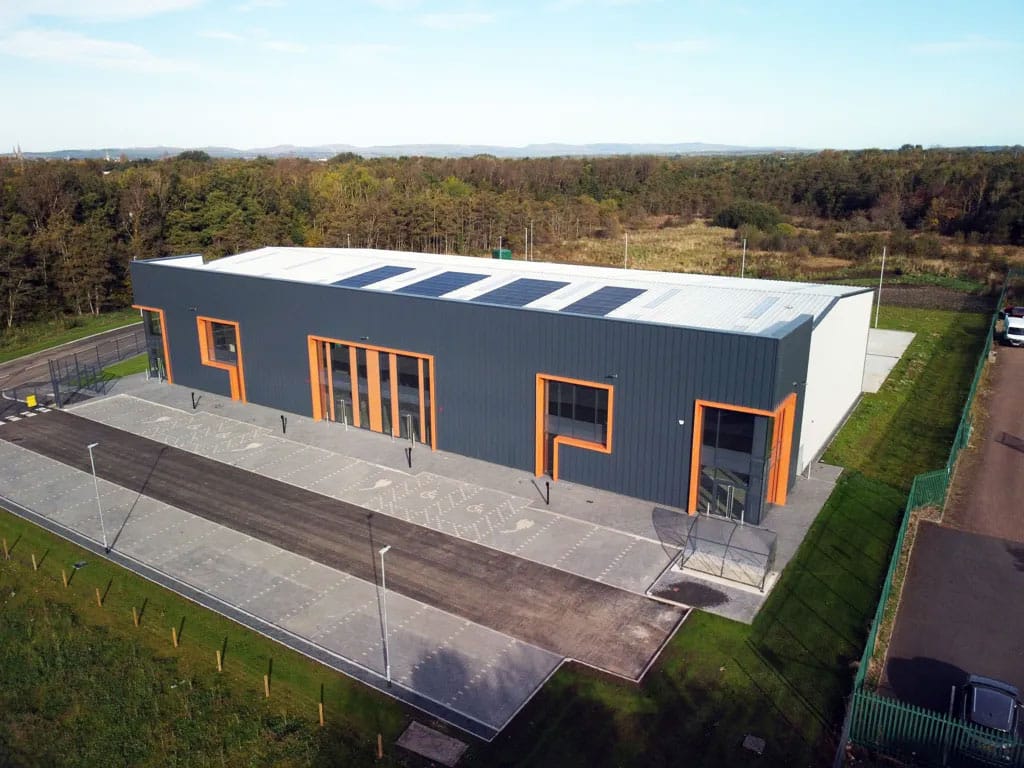CLADDING SYSTEMS
The vertical facade of every building provides the primary function of protecting the inhabitants from the elements, however it must also be aesthetically pleasing due to its visibility. Walker Cladding offer a wide array of cladding systems from traditional built-up cladding.
COMPOSITE PANELS
Composite panels are a cost effective and robust solution for cladding a building where speed of installation is paramount to the solution.
Composite wall panels are available in flat, micro-ribbed and profiled variations and can be combined to create an interesting blend of profiles.
Panels have integral factory sealed weather tested tongue and groove side lap joints for maximum watertightness, allowing both vertical and horizontal orientation.
Panels are available in aluminium or steel and in a range of sizes, colours, coatings and finishes.
Integral windows, doors and louvres are also available for this versatile cladding system.


BUILT UP SYSTEMS
Site assembled built-up cladding system can be used to create a cost efficient wall finish, and can be varied by the use of differing external profiles, ranging from trapezoidal to sinusoidal or standing seam.
The systems are adaptable and can be tailored to achieve a variety of u-values using conventional spacer systems. A primary benefit of a site assembled system is that through its incorporation, the panels can be installed directly on the boundary line, and provide high levels of fire resistance.
Profiles are available in a wide range of thickness, coatings and finishes, and flexibility allows vertical, horizontal or off-set orientation of the external sheets, to create interesting aesthetic finishes.
SINGLE SKIN
Single skin cladding is a cost-effective and versatile solution for building exteriors, providing both weather protection and an aesthetic finish. It consists of a single layer of profiled metal sheeting, which is lightweight, durable, and easy to install.
Commonly used in industrial and commercial buildings, single skin cladding is available in various profiles, materials, and finishes, allowing for customisation to meet design and functional requirements.
While it offers basic insulation, it is often combined with additional layers for enhanced thermal and acoustic performance to meet project requirements.
